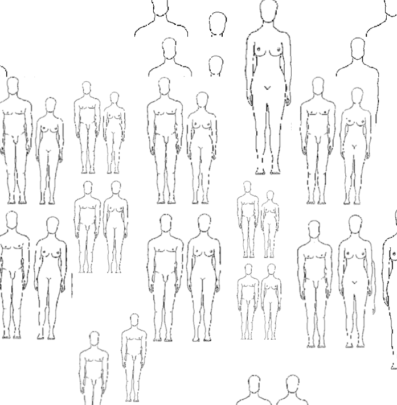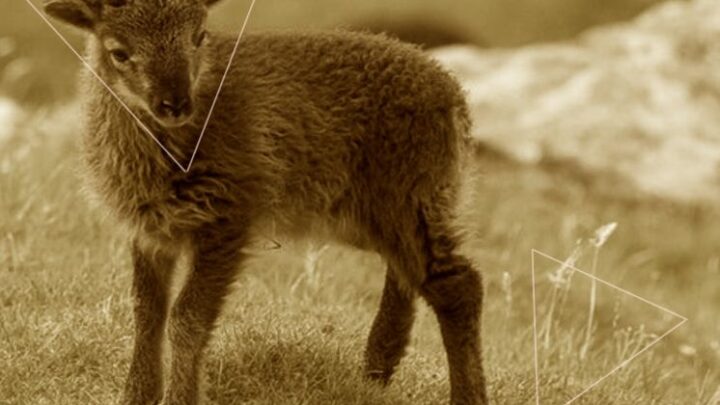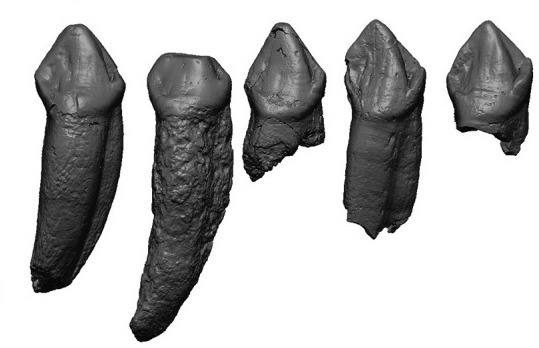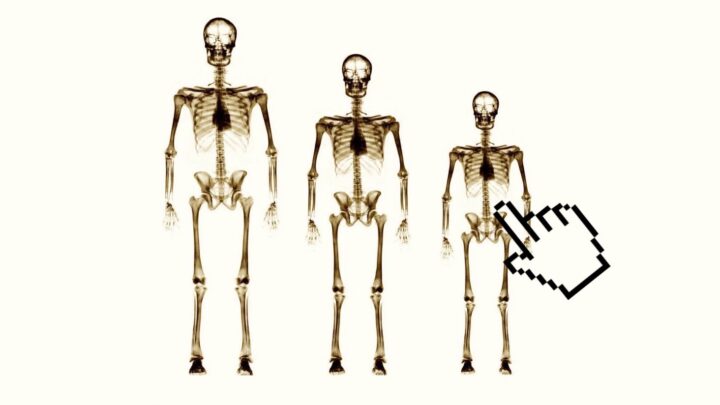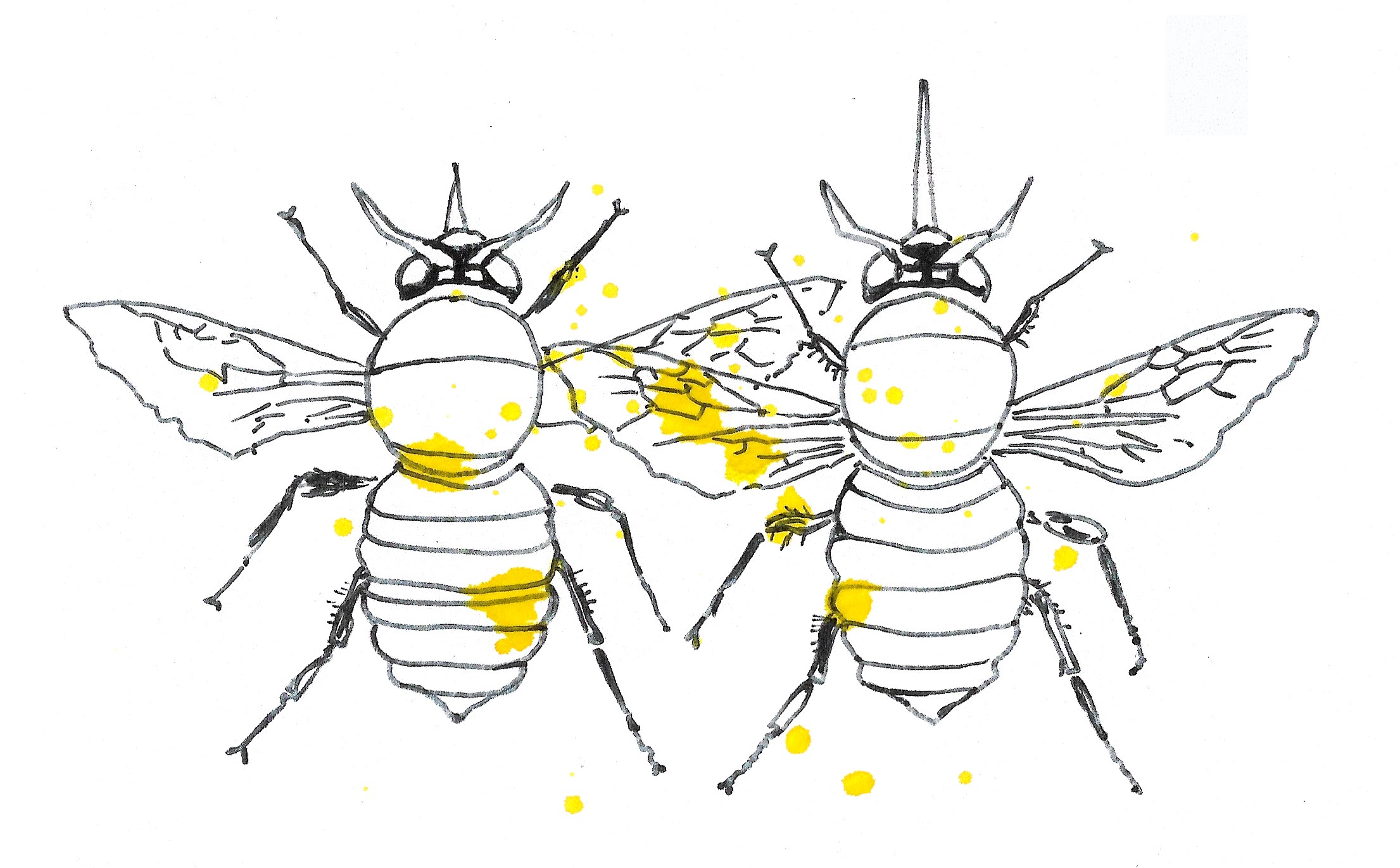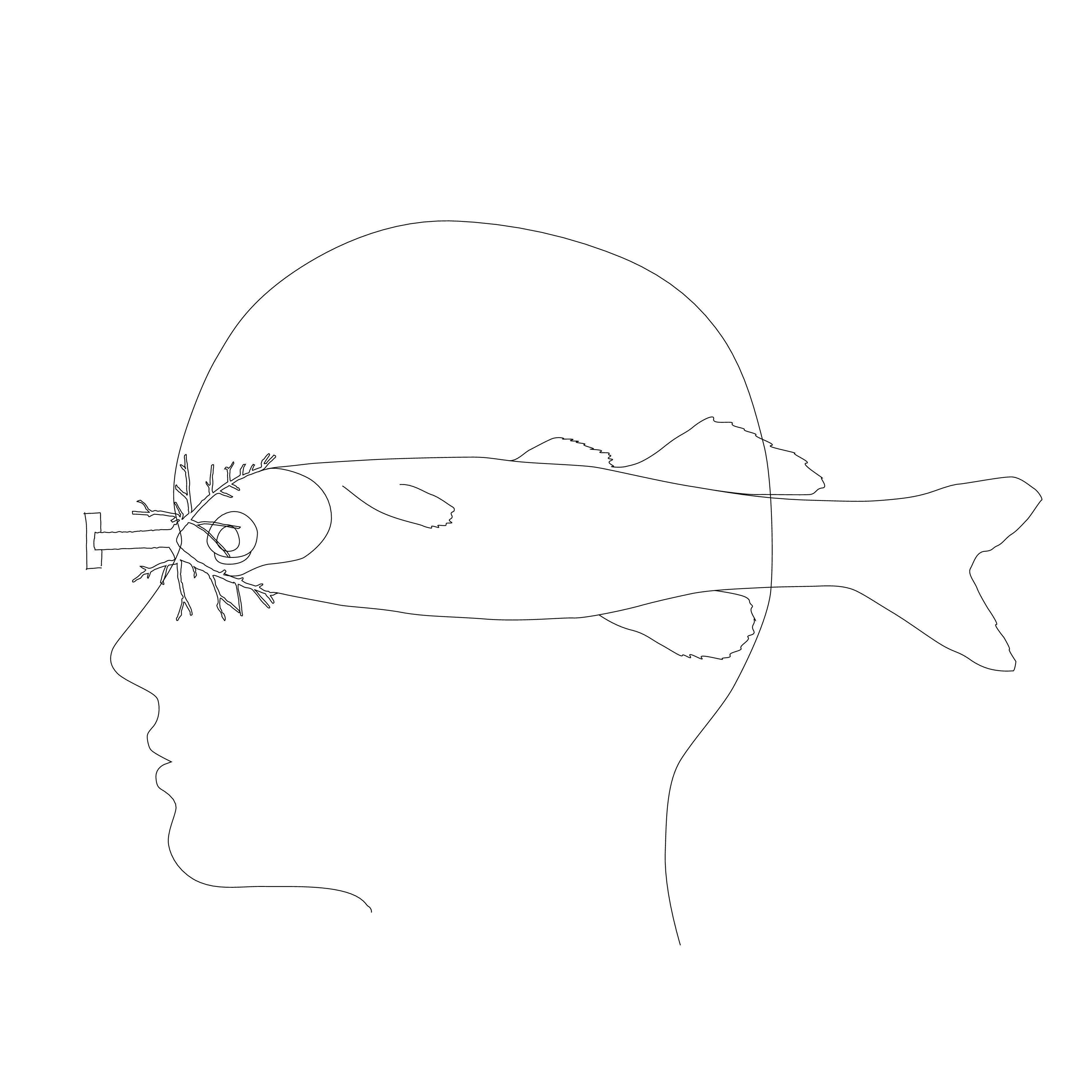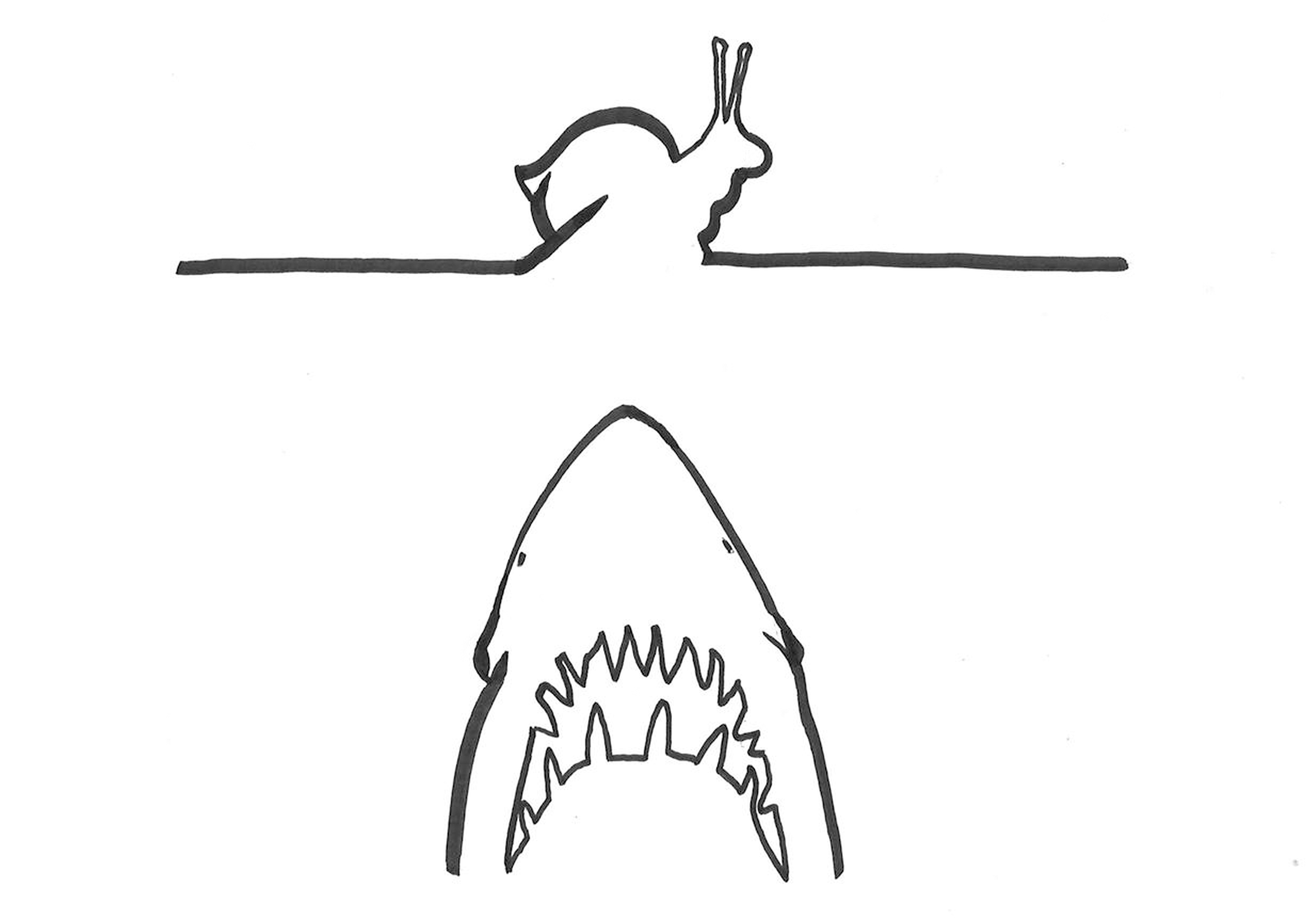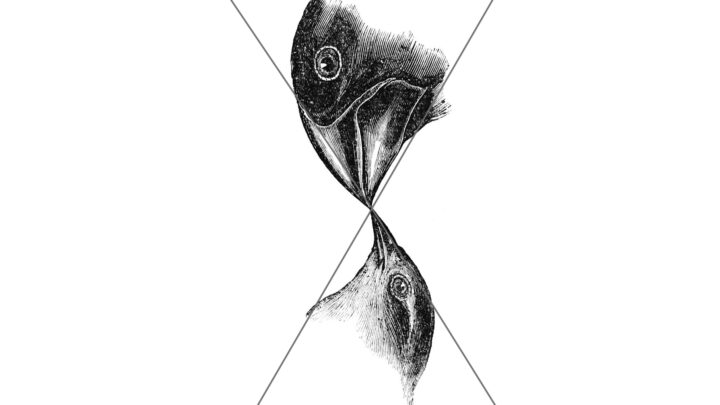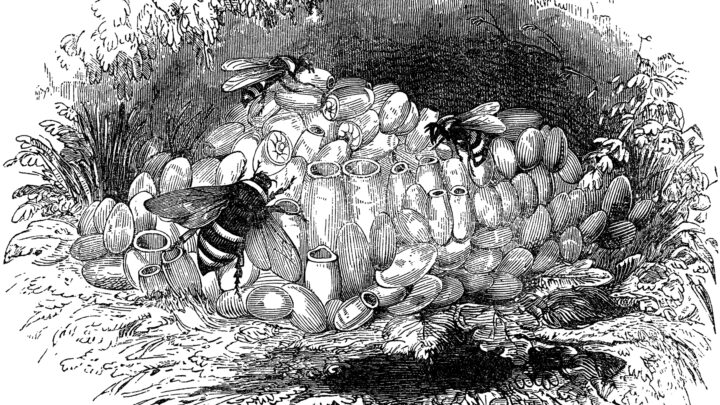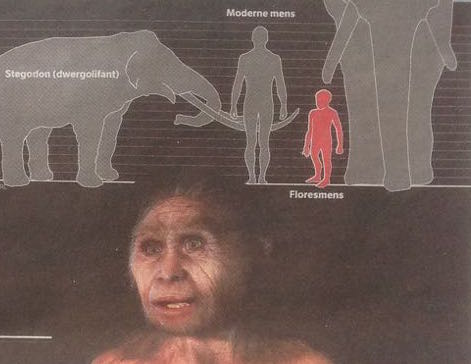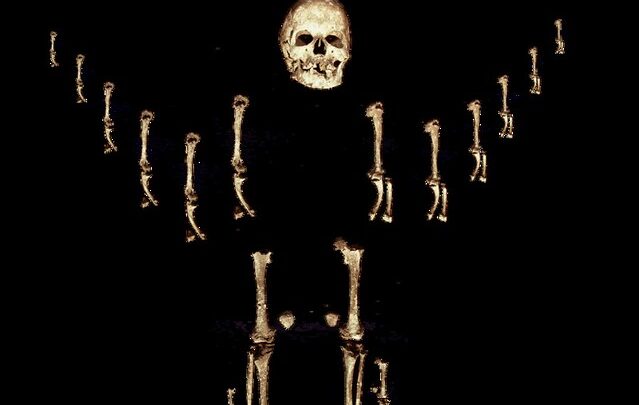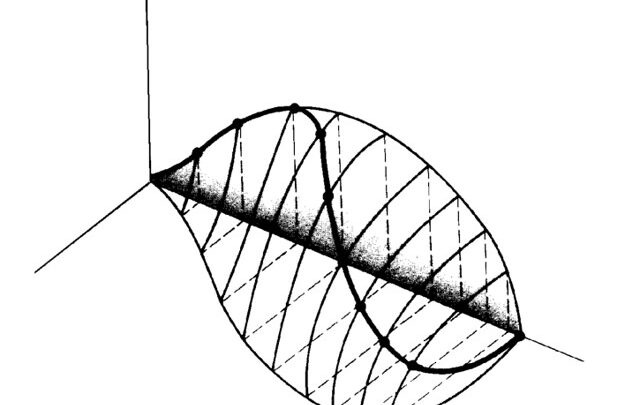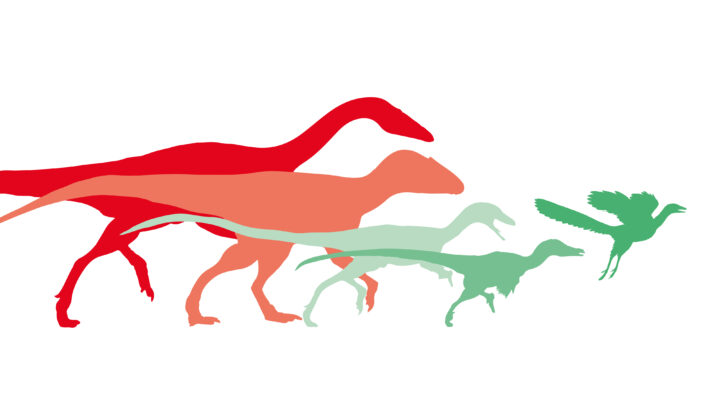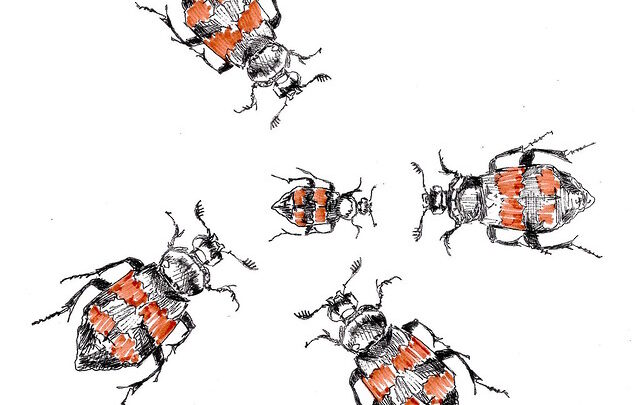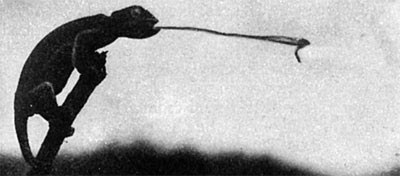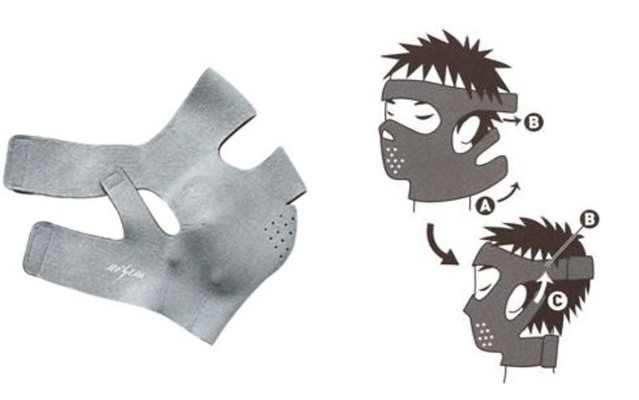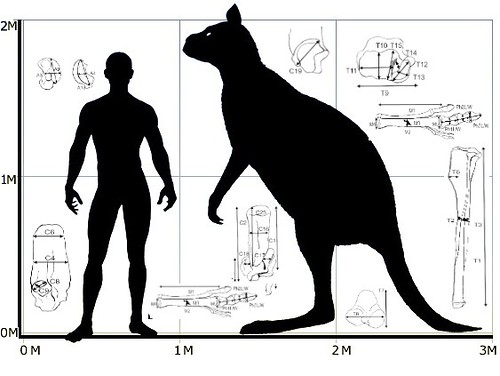Category: Evolution
Young Mum Factor
November 22, 20223 x 3.75 Mollys
November 17, 2022Environmental Stress Hypothesis
November 10, 2022The past 2.000.000 years have seen an increase in estimated body size among most Homo species from an average of 50 to 70 kg. Environmental challenges, such as arid conditions and low resource availability or habitat instability and resource fluctuation, faced by hominin species, are often overcome by…
Social Canines
October 1, 2022Shrinking Human Clickbait?
June 16, 2022Small Amazonians
November 27, 2021Short-Tongued Bombus
April 10, 2021A study in Science shows that in a period of just 40 years two alpine bumblebee species (Bombus balteatus and Bombus sylvicola) rapidly evolved significantly shorter tongues. Short-tongued species are more generalist foragers, able to feed on many different types of flowers. They are replacing more specialised, long-tongued…
Trans-species Psychology
September 23, 2017Trans-species psychology re-embeds humans within the larger matrix of the animal kingdom by erasing the notion that humans are substantively cognitively and emotionally different from other species. According to the ecologist/psychologist Gay A. Bradshaw, there is a common model of brain, mind and behaviour for humans and…
Fear of the Vegetarian
April 13, 2017Brian Langerhans and Thomas deWitt of the department of Wildlife and Fisheries Sciences at Texas A&M University examined the specificity with which freshwater snails use environmental cues to induce defensive phenotypes such as shrinking. In one environment they introduced a species of sunfish that eats snails, In the…
